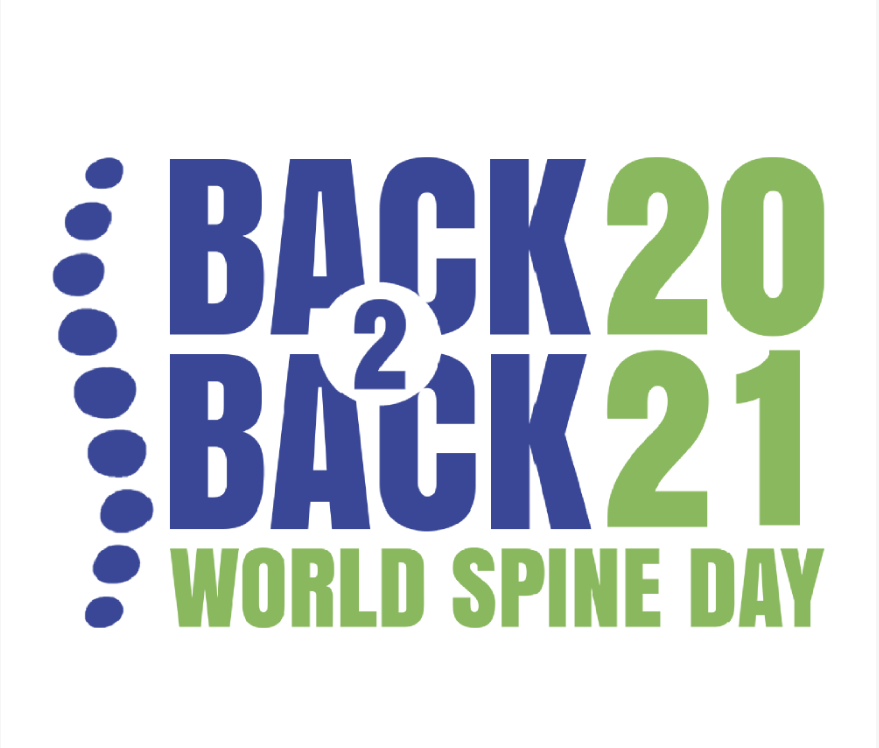
Taking place on October 16 each year, World Spine Day highlights the burden of spinal pain and disability around the world. With health professionals, exercise and rehabilitation experts, public health advocates, schoolchildren and patients all taking part, World Spine Day is celebrated on every continent."
Ergonomics is the science of establishing an ideal fit between a worker, their working environment and the tasks they carry out. Office ergonomics is about making sure that office employees have correct furniture, equipment and working conditions to be able to do their jobs effectively and comfortably. Employees who lack ergonomic office equipment can suffer a range of health complaints and workplace injuries such as pain or discomfort of shoulder, neck or back, tingling or numbness in hands, fingers or wrists, or even problems with vision.
Chair
>Support your spine and low back
>Be set a height that enables you to keep your feet flat on the floor (or on a footrest)
>Have arm rest
Desk
>Allow room for your knees, thigh and feet
>Be raised or lowered to a level that keeps your keyboard and monitor at the correct height.
Monitor
>Your computer monitors should be in your direct line of sight, about 20-30 inches away from you. The top of the screen should be at or slightly below eye level. The monitor should be tilted at a 10-20 degree angle, and positioned to avoid glare from bright light.
Keyboard and Mouse :
>Your keyboard and mouse should be close to hand, so you don’t have to reach for them. Your keyboard should be on a flat surface. When you are typing or moving the mouse, keep your wrists straight and your arms close to your sides.
Other objects
>Keep the items you use most frequently, like your telephone or documents within easy reach. Use headphones or microphones instead of holding the telephone with your neck and shoulder.
The above information is just basic advice of office ergonomics, please contact the healthcare professions or office ergonomics specialists for further information.
Everyday, practically everyone you see is on their cell phone spending time either on social media or playing games with neck flexed and bad posture.
The typical weight of your head is around 10-12 lbs. Every 15 degrees of flexion increases double strain on the neck, up to 60 degrees gives a load on the neck of a 60 lb head. In this position, most of the force on the discs can lead to early disc degeneration, herniation and neurological signs and symptoms.
Some tips for ergonomic use of your phone:
Stand or sit upright
Keep the phone at eye level.
Find a place to rest your elbows: like use the opposite hand
Use phone’s voice dictation instead of texting
And if you have any neck pain, stiffness or numbness and tingling in the arms, make sure you see your health care provider for an assessment.
There are different types of headaches and caused by different reasons. One kind of headache is that when people experience a headache along with pain in the neck, they are likely experiencing a cervicogenic headache.
According to the American Migraine Foundation, cervicogenic headache is a pain that results from conditions that affect the cervical spine and its supporting tissues. In addition to headache, a person may experience symptoms such as:
1. A reduced range of motion in the neck
2.Headache that is triggered by certain neck movements or positions
3.Pain and stiffness of the neck
4.Pain on one side of the face or head
5.Pain in the neck, shoulder or arm on one side
Cervicogenic headaches result from structural problems in the cervical spine. Some people develop cervicogenic headaches because they work in jobs that involve straining to their necks, like hair stylists, manual laborers and drivers. Or prolong flexing the head when using electronic devices and bad postures. Some medical conditions that can also cause cervicogenic headaches include tumors, cervical spine arthritis or neck injuries.
If you are experiencing cervicogenic headaches, please don’t hesitate to contact your health professional for evaluations.